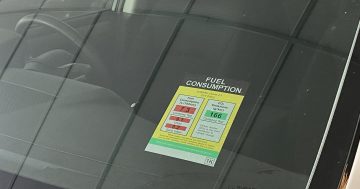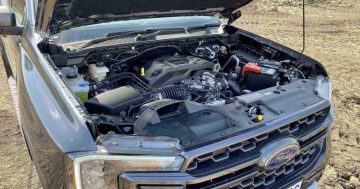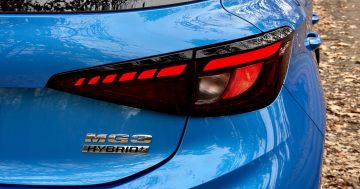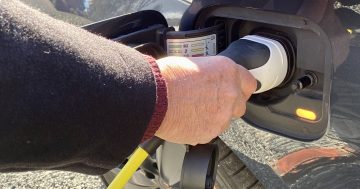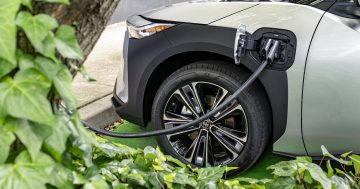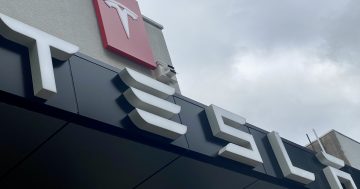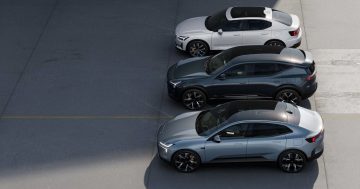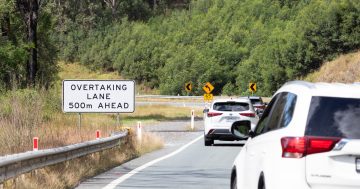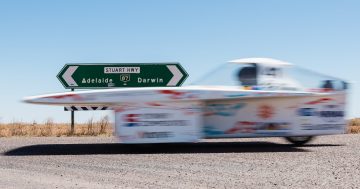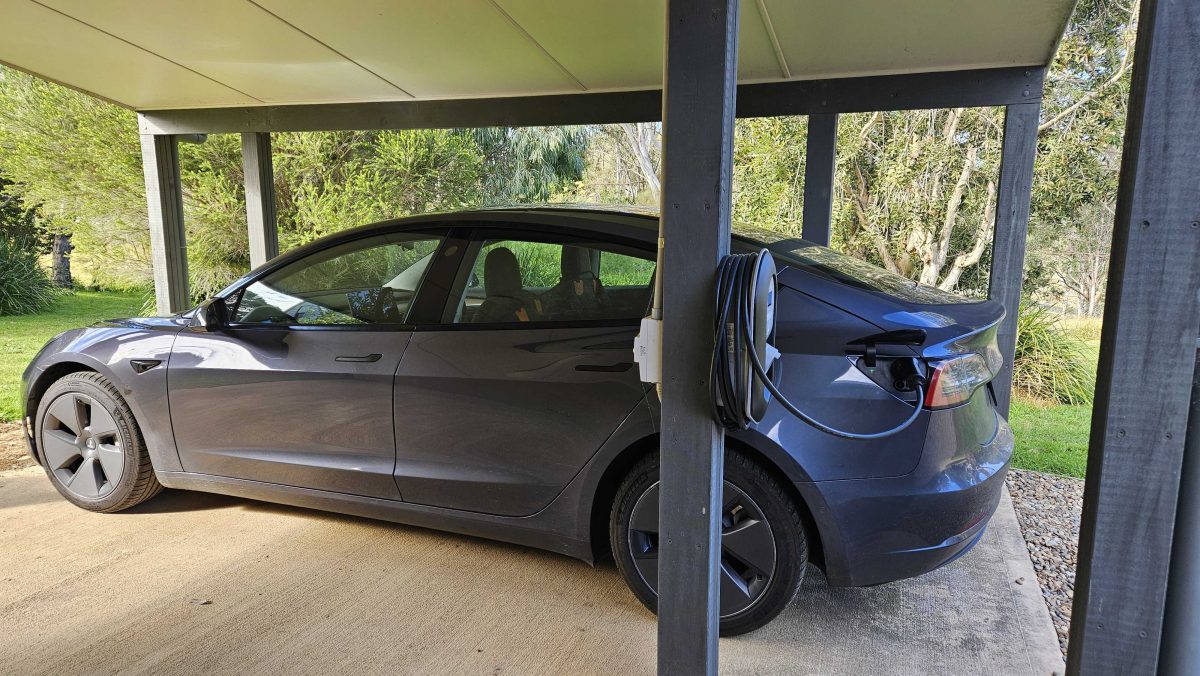
When the temperature drops, a fully charged battery is a priority. Photo: Karyn Starmer.
On the tin, Tesla claims Karyn Starmer’s 2022 Model 3 sedan will do 491 km on a single charge.
But not if it’s winter, it won’t.
The South Coast resident made the switch to an EV in October 2024, and once a week, she covers the 175 km from her home along the Kings Highway to Canberra – including climbing the nearly 900 metres up the Clyde – and normally, it’s a breeze.
“The mountain was a worry at first but I soon realised the car consumed more on the way up but made up for it on the way back down so I could comfortably drive to Canberra and back and come home with somewhere between 13 and 18 per cent left on the battery depending on if I made any extra short trip in Canberra,” she says.
It’s the same when she heads to Sydney, which only requires one stop for a charge, or Newcastle, which requires two.
“So for freeway driving, the range is spot on.”
Then came her first morning of -4 degrees Celsius.
“I had noticed as it got colder that I was coming home on a single-digit charge level, but I had driven it down to 2 per cent on occasions. You get pretty good at maths when it is down this low. No EV driver ever wants the humiliation of a country NRMA guy to have to come and charge their car.
“I usually don’t look at the charge much anymore except when I am setting off and finishing my drive, and I had set off with about 75 per cent battery … when somewhere between Braidwood and Bungendore my car was suddenly directing me to the Tesla Supercharger at Majura – I was not going to make it to work.”
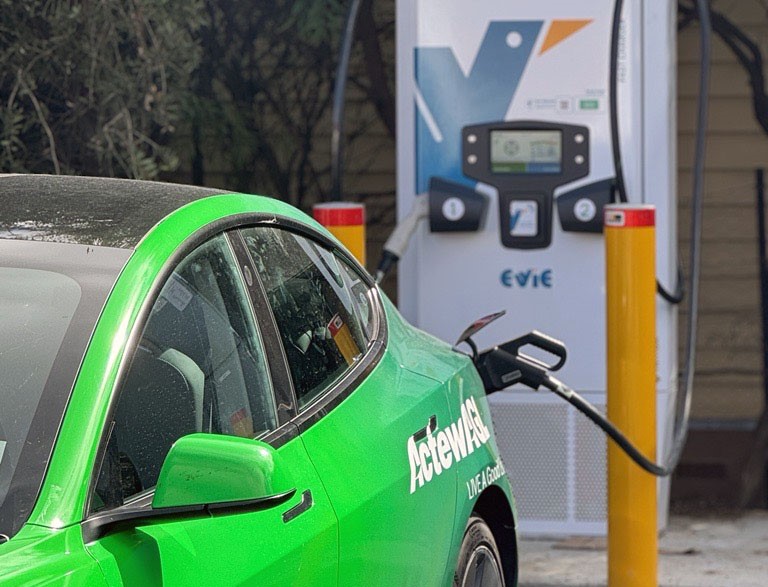
An ActewAGL charger in Bungendore. Photo: ActewAGL.
EV batteries losing charge during winter is not a new phenomenon.
The US Government’s Department of Energy warns range can drop by “up to 32 per cent in freezing temperatures” and says “you’ll likely need to charge your EV more frequently during the winter months”.
The Tesla Model 3 is also among five EVs caught exaggerating its claimed range, according to new real-world testing by the Australian Automobile Association (AAA).
The AAA has received $14 million of funding from the Federal Government to compare how new cars on their road perform on fuel consumption and emissions testing compared to the manufacturer’s claims.
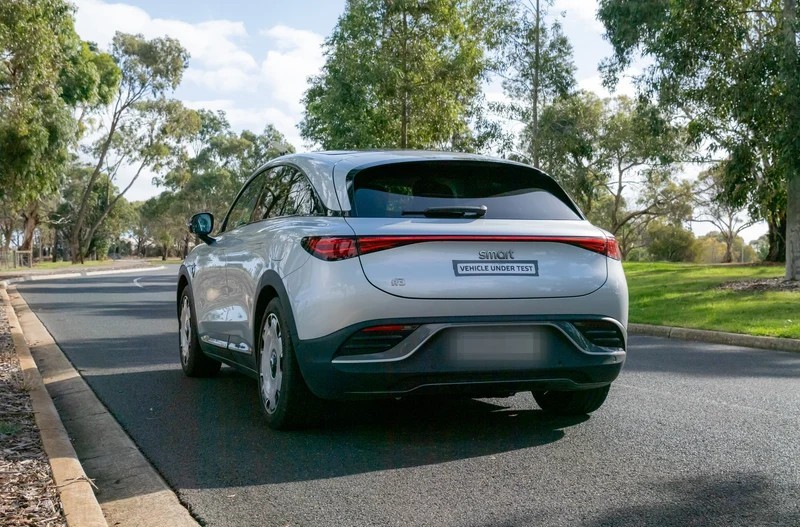
The Smart #3 returned the best real-world results. Photo: AAA.
The program, which came about after the 2015 Volkswagen ‘Dieselgate’ scandal, has so far tested 114 popular cars, vans, and utes since August 2023, with more than three-quarters (77 per cent) found to be using more fuel than advertised.
In the latest round of testing, the AAA turned its attention to EVs for the first time – and found real-world driving range is down by between 5 and 23 per cent.
The most accurate was the Smart #3, which recorded a real-world driving range of 432 km, or 23 km less than in the mandatory laboratory test.
The 2022 Kia EV6 and 2024 Tesla Model Y both had driving ranges of 8 per cent less in the real world, while the updated 2024 Model 3 – with a claimed range of 513 km – dropped by 14 per cent to 441 km.
The worst performance went to the 2023 BYD Atto 3, with its claimed range of 480 km cut by 23 per cent to 369 km in the real world.
The test involves running the cars on a 93 km circuit in and around Geelong in Victoria. It uses “strict testing protocols” based on European regulations to “ensure results are repeatable and to minimise the influence of human factors such as driving style and changing traffic flows”.
“The program measures EV range by quantifying both the energy needed to drive a vehicle around the program test route, and the energy needed to recharge each vehicle’s fully depleted battery,” the AAA says.
A recent poll by the AAA found 60 per cent of likely EV buyers noted concerns about vehicle range and recharging as the main concerns or hesitations that might prevent them from choosing an electric vehicle (not a hybrid) as their next car purchase.
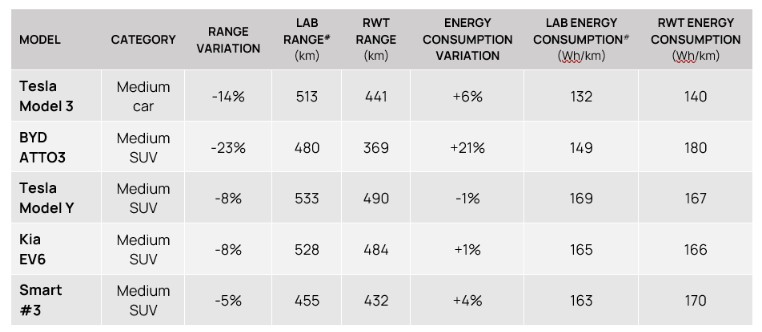
Real-world EV testing results by the Australian Automobile Association (AAA). Photo: AAA.
AAA managing director Michael Bradley hopes the testing will bring more confidence to the market.
“As more EVs enter our market, our testing will help consumers understand which new market entrants measure up on battery range,” he said.
The Electric Vehicle Council (EVC) isn’t concerned about the discrepancies, saying the results are comparable to fossil-fuel-powered cars and any range anxiety “quickly fades” once drivers make the switch.
“Just as they’re used to monitoring a fuel gauge, EV drivers quickly adapt to tracking battery levels and charging at home or on the go,” EVC Head of Legal, Policy and Advocacy Aman Gaur said.
“In fact, EV drivers often have greater awareness of their vehicle’s range, with real-time updates and recalculations constantly displayed on the dashboard.”
And Ms Starmer’s advice?
“Now, I leave 100 per cent charged with a preconditioned battery and factor in a short charge to get me home!”













